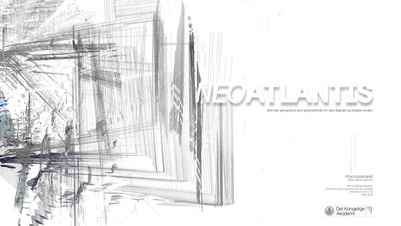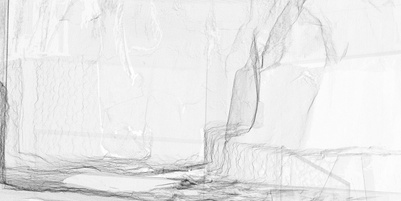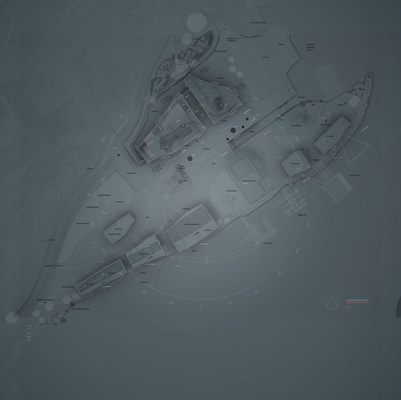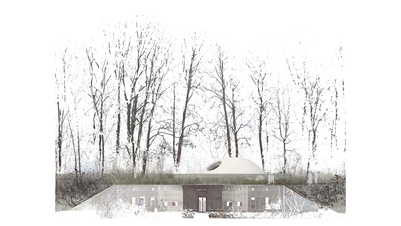CHALK - Site of memory in the Anthropocene
Name
Nikolaj Emil Svenningsen
Education degree
Master
Study programme
Architecture, Space and Time
Institute
Architecture, Urbanism and Landscape
Year
2021
This project aims to create a memory archive of the many different states and temporalities of chalk. A memory theatre of sites of memory, exploring new ways of looking at our worldview and nature. Using myself and my toolbox as a yardstick, I obtained the raw material to establish my own order with my own sense and presence on site. It is a strategic search, for a form of representation.
The Royal Danish Academy supports the Sustainable Development Goals
Since 2017 the Royal Danish Academy has worked with the Sustainable Development Goals. This is reflected in our research, our teaching and in our students’ projects. This project relates to the following UN goal(-s):
Sustainable cities and communities (11)
Responsible consumption and production (12)
Climate action (13)
CV
CV Title
Telefon
41421199







































